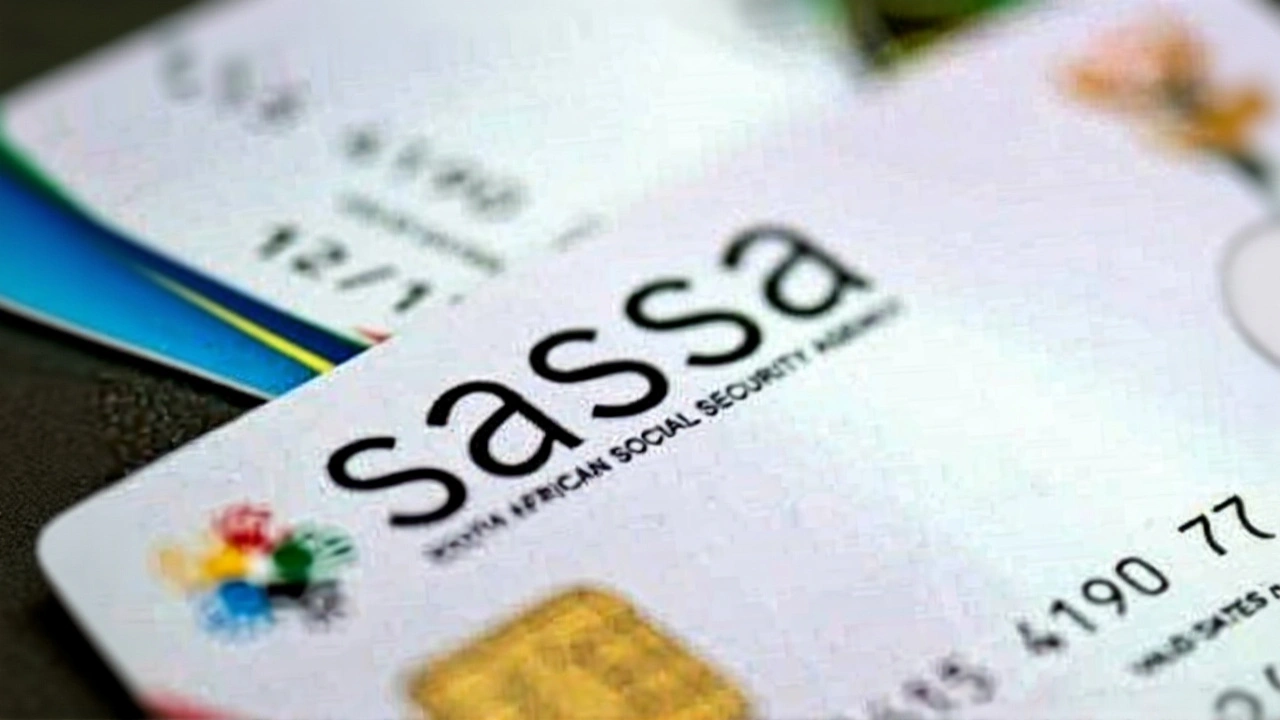Biometric Security: What It Is and Why It Matters
When you unlock your phone with a fingerprint or log into a bank app using your face, you’re using biometric security. It’s the tech that turns unique parts of you—your fingerprint, face, voice, or even your iris—into a password. Unlike a PIN you can forget or share, your body is the key. That’s why more businesses, governments, and everyday devices rely on biometrics to keep data safe.
At its core, biometric security works by capturing a digital snapshot of a physical trait, turning it into a template, and then comparing future scans to that template. The comparison happens in milliseconds, which is why you can swipe a finger and be in instantly. The math behind it is complex, but the user experience stays simple: you just be yourself.
Top Benefits You’ll Feel Right Away
First, convenience. No more typing long passwords on tiny screens; a quick glance or tap does the job. Second, security. Because it’s hard to copy a fingerprint or a face, attackers find it tougher to break in. Third, fraud reduction. Banks report fewer fake account openings when they require biometric verification. Finally, faster onboarding. Companies can verify identity in seconds, cutting paperwork and delays.
For businesses, these benefits translate into lower support costs—people forget passwords less often—and a stronger brand reputation. For you, it means less hassle and a better sense of control over who accesses your personal info.
Common Challenges and How to Handle Them
Even though biometrics sound perfect, there are real issues. One is privacy: storing biometric data raises questions about who can see or misuse it. Another is false rejections—sometimes a sensor won’t recognize a fingerprint because of dirt or a cut. And there’s the risk of deep‑fake attacks that trick facial recognition systems.
To protect yourself, use devices that store biometric data locally, not in the cloud. Keep sensors clean, and enable a backup PIN or password just in case the scan fails. For organizations, follow standards like ISO/IEC 19794 and encrypt templates with strong keys.
Looking ahead, the next wave of biometric security will blend multiple traits—called multimodal biometrics—to make spoofing even harder. Think of a system that checks your face, voice, and fingerprint all at once. AI will also improve accuracy, reducing false negatives and speeding up verification.
Another trend is wearable biometrics. Smart watches can monitor heart rhythm or skin conductivity and use those signals as an extra security layer. This could let you unlock devices while you’re running, without touching anything.
While the tech evolves, the basics stay the same: keep your devices updated, use strong backup credentials, and be aware of where your biometric data lives. If a company asks for your fingerprint, make sure they follow strict privacy policies and give you a clear way to delete the data if you stop using their service.
In short, biometric security is reshaping how we protect our digital lives. It offers speed, safety, and a personal touch that passwords can’t match. By understanding its strengths and limits, you can enjoy the convenience while keeping your information safe.
SASSA Sets October 2025 SRD Grant Dates and Mandates Biometric Enrollment
SASSA announced October 2025 payment dates for the SRD R370 grant and regular social grants, and introduced mandatory biometric enrolment for new applicants to curb fraud.

